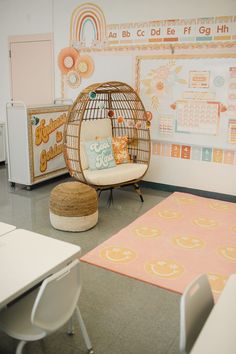Teaching methodologies are always evolving to accommodate diverse learning environments and to cater to varied learning styles. One dynamic and interactive method of engaging students is the use of ‘call and response’, a technique that has roots in various cultures and historical contexts. This technique can be highly effective in the classroom, offering a blend of control and participation that benefits both teachers and students.
The idea behind call and response is simple: the teacher calls out a predetermined phrase or question, and the students respond in unison with the prepared answer. This can serve multiple purposes including drawing attention, reinforcing learning, enhancing memory, or simply breaking up the monotony of a lesson.
Here are some imaginative call-and-response ideas for your classroom:
1. Greeting Calls:
Start the day on a positive note with friendly and uplifting greetings. It sets an amiable tone for the day’s activities and fosters a sense of community among students.
2. Transition Calls:
Use rhythmic or thematic calls to signal transitions between activities or subjects. This helps in keeping time effectively while maintaining student focus.
3. Content Recap Calls:
Reinforce key learning points from your lessons with recap calls. Not only does this aid in retention, but it also enables instant feedback on what content has been absorbed.
4. Question & Answer Calls:
Review information by prompting students with questions related to the lesson material. Their collective responses can aid in gauging understanding across the class.
5. End-of-the-Day Calls:
Conclude your teaching day by summarizing what was learned, setting out expectations for homework, or simply bidding goodbye until next time.
Incorporating call-and-response techniques in teaching practice stimulates active listening, enhances verbal memory recall among students, creates rapport within the classroom, and provides quick assessments of student engagement and comprehension. Integrating these strategies is not only fun but also promotes active participation which is critical to effective learning.”











